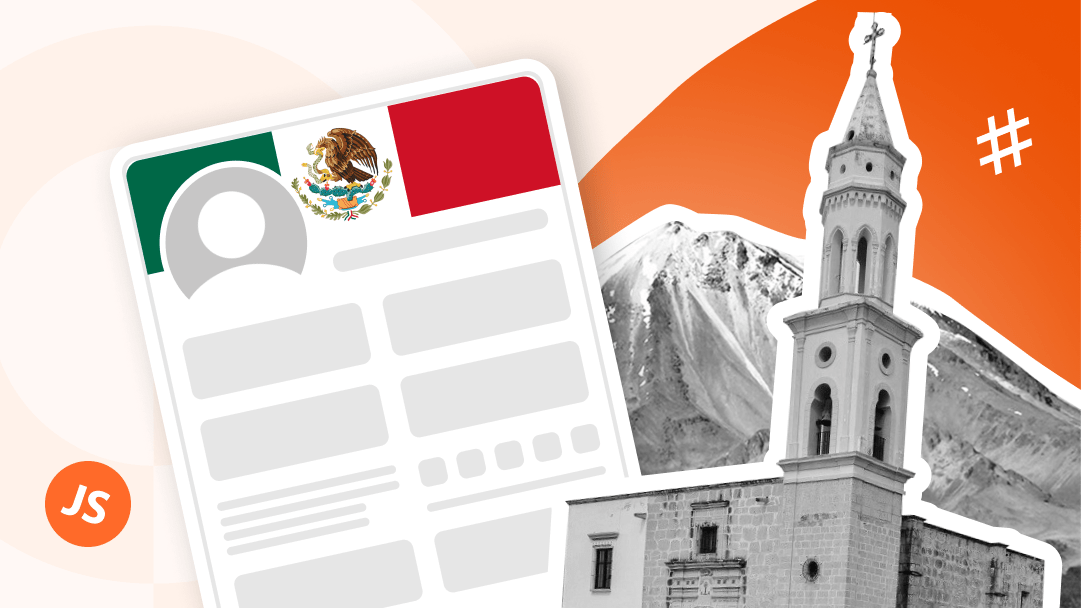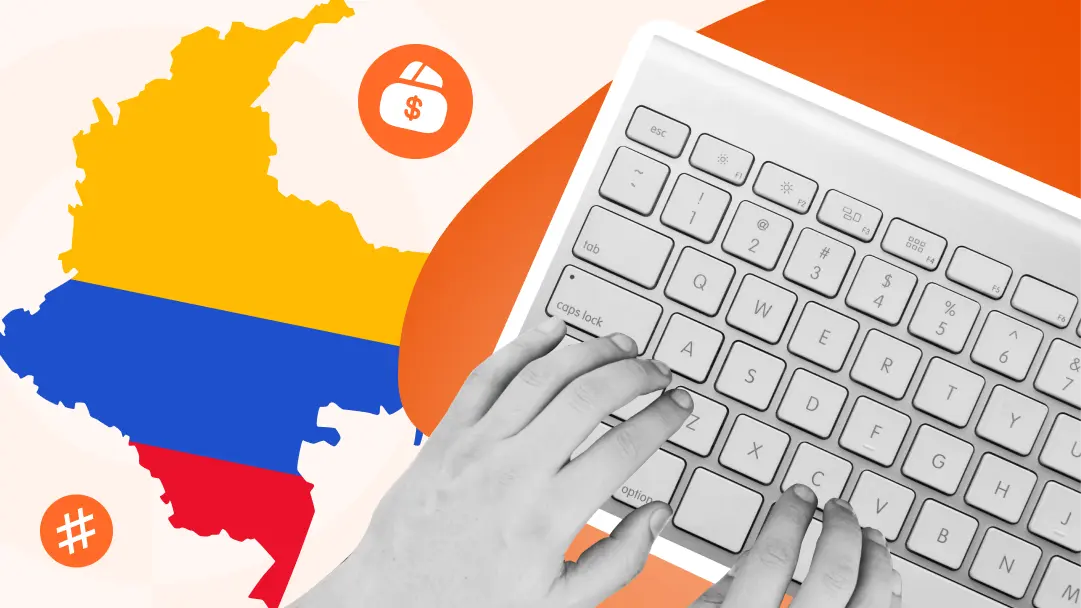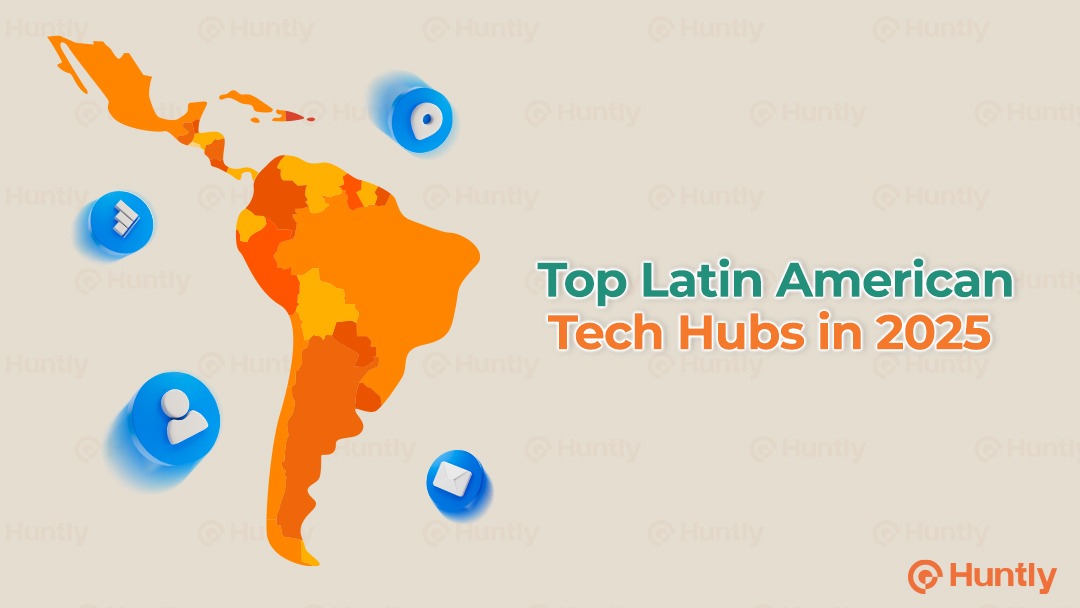Outsourcing software development is no longer just a cost-saving tactic—it’s a strategic lever for innovation, speed, and competitive advantage. As we approach 2026, the global software outsourcing market is projected to surpass $800 billion, driven by a surge in demand for digital products, AI-powered solutions, and agile development teams.
Yet, choosing the best country to outsource software development remains a high-stakes decision. Businesses must evaluate more than just hourly rates—they must weigh time zone compatibility, communication fluency, technical expertise, and legal infrastructure. In this guide, we rank the top countries for outsourcing software development in 2026 based on education quality, cost efficiency, regional stability, and business fit.
Whether you’re a startup scaling fast or an enterprise seeking flexibility, this curated list will help you find a destination that aligns with your strategic goals—without compromising on quality.
Why Outsourcing Software Development Still Makes Business Sense in 2026
Software development outsourcing continues to gain momentum in 2026—and for good reason. For CTOs and product leaders, it provides the flexibility to tap into global tech talent while minimizing fixed operational costs. Amid rising competition and the acceleration of digital transformation, outsourcing has evolved from a stopgap solution into a core growth strategy.
Cost Efficiency Without Compromise
Outsourcing allows companies to access world-class engineers at a fraction of the cost. In offshore software development countries like India, Vietnam, and Colombia, mid-level developers charge $20–35/hour, compared to $70–120/hour in the U.S. The savings are especially impactful for early-stage startups or companies building MVPs.
On-Demand Scalability
Need to double your team size for a product launch or cut back after delivery? Outsourcing lets you scale up or down with minimal HR overhead. This adaptability is critical in today’s agile product development cycles.
Access to Specialized Global Talent
Whether you’re developing AI models, blockchain infrastructure, or a cross-platform app, outsourcing opens doors to niche tech stacks and regional expertise. Countries like Poland and Romania specialize in enterprise software, while Brazil and Mexico are known for fintech and mobile development.
Time Zone Advantages
Outsourcing gives you the option of round-the-clock development. While your in-house team sleeps, outsourced developers in another hemisphere can continue working, reducing your time-to-market. Conversely, nearshore outsourcing (e.g., Latin America for North America-based companies) ensures real-time collaboration with minimal delays.
Strategic Focus on Core Business
Delegating development frees up internal resources to concentrate on customer acquisition, product-market fit, and strategic growth—areas that directly impact your bottom line.
Key Insight: According to Deloitte, 70% of companies outsource software development primarily to reduce costs, but over 60% now cite access to innovation and scalability as their top priorities.
How to Choose the Best Country for Software Outsourcing
Selecting the best country to outsource software development isn't just about price—it's a strategic choice that can define project success or failure. To navigate the global outsourcing landscape in 2026, companies must evaluate destinations using a well-rounded framework that includes both quantitative and qualitative factors.
Key Criteria to Evaluate Outsourcing Destinations
Talent Quality and Technical Proficiency
Look for countries with strong STEM education systems, high rankings in coding competitions (e.g., ICPC, HackerRank), and proven expertise in your required tech stack—be it cloud-native development, mobile apps, or AI.
Cost Efficiency
While rates vary across regions, low cost shouldn’t come at the expense of quality. For example, developers in Eastern Europe charge $30–50/hour, offering a solid cost-to-quality ratio compared to $100+ in Western Europe or the U.S.
English Proficiency and Communication
Language barriers can slow down projects and lead to misunderstandings. Prioritize destinations with high English proficiency, especially in client-facing roles. Latin America, India, and parts of Eastern Europe score well in this area.
Time Zone Compatibility
Choose between nearshore outsourcing for real-time collaboration (e.g., U.S. to Mexico) or offshore models for 24/7 productivity (e.g., U.S. to India). Tools like Slack, Zoom, and Jira help bridge the gap, but proximity still impacts sync efficiency.
Cultural Fit and Work Ethic
Work culture affects communication, project management, and ownership. Countries with a Western-aligned business culture, such as Poland or Colombia, offer smoother collaboration and fewer friction points.
Legal Framework and IP Protection
Ensure the destination has strong IP laws, transparent legal systems, and enforceable contracts. EU countries offer the most protection, but nations like India and the Philippines are catching up.
Infrastructure and Market Maturity
Mature markets have stable internet, reliable power supply, co-working hubs, and a healthy startup ecosystem. These factors help attract top tech talent and reduce operational risks.
Global Overview: Top Countries for Outsourcing Software Development in 2026
As digital transformation accelerates, several countries have emerged as global leaders in software development outsourcing. Below, we provide a regional breakdown of the top software outsourcing countries to watch in 2026, highlighting each location’s strengths, pricing, and suitability for different business needs.
Asia-Pacific
India
- Strengths: Vast talent pool, strong English proficiency, mature outsourcing ecosystem.
- Rates: $20–35/hour (mid-level), $35–50/hour (senior).
- Best for: Web/mobile apps, enterprise software, AI/ML.
- Challenge: Quality varies; careful vetting required.
Vietnam
- Strengths: High government investment in IT, strong mobile/web expertise.
- Rates: $18–30/hour (mid), $30–45/hour (senior).
- Best for: Startups seeking cost-effective, fast delivery.
- Challenge: Moderate English; cultural differences.
Philippines
- Strengths: Excellent English, strong BPO + IT overlap, cultural affinity with the U.S.
- Rates: $20–30/hour (mid), $30–45/hour (senior).
- Best for: Support services, cross-functional dev teams.
- Challenge: Smaller talent pool; limited deep tech expertise.
Eastern Europe
Poland
- Strengths: Top-tier education, EU market access, fintech expertise.
- Rates: $30–50/hour (mid), $50–70/hour (senior).
- Best for: Fintech, cybersecurity, enterprise-grade solutions.
- Challenge: Rising demand may strain availability.
Ukraine
- Strengths: Blockchain, AI, and IoT specialization; large dev community.
- Rates: $25–45/hour (mid), $45–65/hour (senior).
- Best for: Complex, innovative projects.
- Challenge: Ongoing geopolitical risks.
Romania
- Strengths: EU support, stable digital infrastructure, full-cycle dev capabilities.
- Rates: $30–45/hour (mid), $45–65/hour (senior).
- Best for: Web/mobile apps, UX/UI, backend systems.
Latin America
Mexico
- Strengths: Proximity to the U.S., skilled workforce, major tech hubs like Guadalajara.
- Rates: $25–50/hour.
- Best for: Agile development, real-time collaboration.
- Challenge: Rising competition for top talent.
Argentina
- Strengths: Cultural alignment, strong engineering education, blockchain expertise.
- Rates: $30–55/hour.
- Best for: Product design, full-cycle app development.
- Challenge: Smaller workforce vs. Brazil or Mexico.
Colombia
- Strengths: Government tech initiatives, U.S. time zone, high English proficiency.
- Rates: $25–40/hour.
- Best for: Startups needing fast ramp-up.
- Challenge: Still-growing talent base.
Brazil
- Strengths: Largest tech talent pool in LATAM, strong mobile/enterprise app focus.
- Rates: $30–50/hour (mid), $50–70/hour (senior).
- Best for: Nearshore outsourcing to North America.
- Challenge: English proficiency varies.
Emerging Markets
Uzbekistan & Kazakhstan
- Strengths: Affordable rates, government-backed digitalization.
- Rates: $20–35/hour.
- Best for: Budget-sensitive projects with flexible timelines.
China
- Strengths: AI, IoT, and fintech leadership; massive tech graduate output.
- Rates: $30–50/hour.
- Best for: Complex, large-scale systems.
- Challenge: IP protection and language barriers.
Egypt & South Africa
- Strengths: English proficiency, competitive rates, rising startup ecosystems.
- Rates: $20–40/hour (Egypt), $30–50/hour (South Africa).
- Best for: Cloud, mobile, and enterprise dev.
Regional Comparisons: What Makes Each Country Stand Out?
To select the best country to outsource software development, it’s essential to look beyond cost alone. Each region offers a distinct blend of advantages—whether it’s time zone proximity, education, language fluency, or niche tech expertise. Below is a comparative analysis across the main outsourcing regions:
Asia-Pacific: Scale and Technical Breadth
- India: The global leader in software offshore outsourcing, India boasts unmatched developer volume, strong English proficiency, and deep experience in enterprise IT. Ideal for scalability and long-term support.
- Vietnam & Philippines: Offer a strong cost-to-quality ratio with a growing talent base. Vietnam is tech-forward, while the Philippines provides excellent customer-facing communication.
Ideal for: Cost-efficiency, high-volume development, backend-heavy systems.
Eastern Europe: High Skill, Low Friction
- Poland & Ukraine: Known for STEM-heavy education, cultural alignment with Western Europe/US, and strong English skills. These offshore software development countries offer enterprise-grade quality at mid-range costs.
- Romania: Combines EU regulation with cost efficiency and skilled developers across web/mobile sectors.
Ideal for: Fintech, blockchain, AI, regulated industries, agile sprints.
Latin America: Nearshore Advantage
- Mexico, Colombia, Argentina, Brazil: These countries offer a great blend of affordability, quality, and time zone alignment with U.S. clients. Mexico and Colombia are leading in English proficiency and developer availability.
- Argentina & Brazil: Shine in innovation and product development.
Ideal for: Real-time collaboration, startups, cross-functional teams.
Emerging Ecosystems: Untapped Value
- Uzbekistan, Egypt, South Africa: These regions offer outsourcing to low-cost countries with improving infrastructure and education systems.
- China: Competitive in AI and IoT but requires stricter IP governance.
Ideal for: Pilot projects, R&D expansions, MVPs on tight budgets.
Key Evaluation Criteria When Choosing a Destination
Selecting from the top software outsourcing countries in 2026 requires a structured comparison. Use the following framework to benchmark potential locations against your operational and strategic needs.
Developer Cost vs. Value
| Region | Mid-Level Rate (USD/hr) | Senior Rate (USD/hr) | Notable Traits |
| India | $20–35 | $35–50 | Large talent pool, cost-effective |
| Poland | $30–50 | $50–70 | EU regulation, high technical skill |
| Mexico | $25–45 | $40–60 | Nearshore, good English, rising demand |
| Vietnam | $18–30 | $30–45 | Agile delivery, expanding market |
| Colombia | $25–40 | $40–60 | Time zone fit, cultural alignment |
| Brazil | $30–50 | $50–70 | Product innovation, diverse stacks |
Time Zone Overlap
- Nearshore Fit: Mexico, Colombia, Argentina—ideal for U.S. and Canadian businesses.
- Partial Overlap: Eastern Europe—real-time alignment possible with EU and partial U.S. time zones.
- Offshore Cycles: India, Vietnam—best suited for asynchronous development models.
Communication and Cultural Compatibility
- High Proficiency: Poland, Mexico, Philippines, Colombia.
- Moderate Proficiency: Vietnam, Brazil.
- Business Alignment: Eastern Europe and Latin America share strong Western-style communication norms.
Legal and IP Safety
- Strong Frameworks: Poland, Romania, Canada.
- Emerging Protections: India, Vietnam (with NDAs and offshore legal structuring).
- Additional Due Diligence Required: China, Philippines, Egypt.
Outsourcing Pitfalls to Avoid (And How to Mitigate Them)
Even the best countries to outsource software development can present challenges if due diligence is overlooked. Here’s how to preempt the most common risks:
Misaligned Expectations
Problem: Lack of clarity on deliverables, timelines, or KPIs leads to missed deadlines or scope creep.
Solution: Use detailed Statements of Work (SOWs), agile sprint planning, and project management tools like Jira or Trello.
Poor Communication and Language Gaps
Problem: Miscommunication causes technical errors or delays in iterations.
Solution: Prioritize countries with strong English proficiency; hold daily or weekly stand-ups; assign bilingual PMs if needed.
Legal and IP Exposure
Problem: Weak legal systems or poorly structured contracts can result in IP theft or disputes.
Solution: Always sign NDAs and contracts outlining IP ownership; consider choosing jurisdictions with clear legal recourse.
Overlooking Time Zones
Problem: Lack of overlap disrupts workflows requiring real-time input.
Solution: For time-sensitive work, nearshore destinations (LATAM for U.S. firms) are optimal. Otherwise, staggered work cycles can be structured with good planning.
Ignoring Quality Assurance
Problem: Rushed testing or vague acceptance criteria lead to buggy software.
Solution: Require a documented QA process, include code reviews, and define acceptance tests in the contract.
Outsourcing in 2026—How to Choose with Confidence
As we enter 2026, software development outsourcing is no longer just a cost-cutting tactic—it’s a strategic growth enabler. The best countries to outsource software development today offer not only affordable rates but also deep expertise, mature tech ecosystems, and time zone compatibility that empowers agile delivery.
From India’s scalable talent infrastructure to Eastern Europe’s engineering excellence and LATAM’s nearshore advantages, companies now have diverse, competitive options tailored to their business needs. Whether you're a startup building your MVP or an enterprise scaling cross-platform products, global talent is within reach.
Key to success? Choose a country that aligns with your technical goals, budget, legal comfort, and cultural values. Then partner with a team that brings transparency, quality, and a long-term mindset.





















